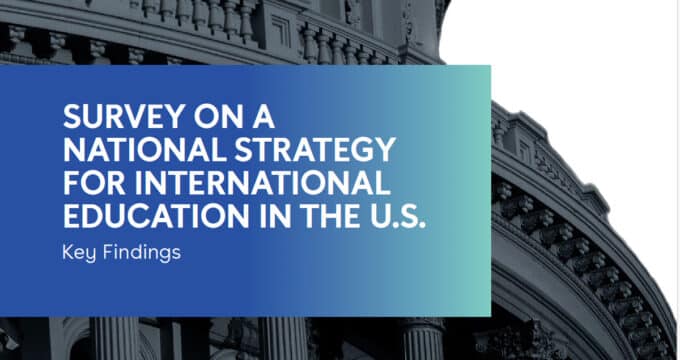How to connect with today’s youth: Part 1
Those of us who talk to today's youth on a daily basis probably have a pretty good understanding of their mentality, behaviour, desires and aspirations. But some days you might find yourself wondering, "Do I really know how the mind of a young student works?" Recently, we came across the work of InSites Consulting, a global ‘new generation’ research agency with offices in Belgium, the Netherlands, the UK and the US. The agency explores various aspects of branding, marketing and advertising to kids, teens and young adults. Generation Y (aged approximately 15 to 30) is the most marketing-savvy generation ever. Insites' latest research "How to connect with urban millennials" takes a look at what drives Gen Y and how global brands can really connect with youth worldwide. In order to help you better understand Gen Y thinking and craft your marketing efforts accordingly, we've pulled out some of the report's findings for you. But the results are so hefty that we've split it up into two parts. We begin here with a background on youth experiences and characteristics, and in "How to connect with today's youth: Part 2" we present several interesting trends and evolutions in the behaviour of young people, as well as the key dimensions behind cool brands, plus the full report, too.
The impact of technology and social media
When Generation Y’ers are asked to describe their own generation, they will indicate that they are the first 'technology generation.' To them, technology means so much more than just a collection of gadgets; they have fused their social life into those gadgets. But most youngsters realise the information society comes with a trade-off in terms of attention span. Infobesitas (being overwhelmed with information) is a reality nowadays, even for media savvy youth; being constantly connected feels so good that it’s addictive. If they are in situations without Internet or mobile (text message) access, most youngsters experience loneliness and depression. Media have even reported that they would rather miss sexual intercourse for a month than be deprived of access to Facebook (we bet that got your attention!). From a social perspective, the constant connection makes deep genuine and personal interactions more difficult because most messages that are exchanged via social media have to be condensed to one-liners on Facebook, mobile text messages of 160 characters max or tweets with only 140.
So although the frequency of being in touch with peers has dramatically increased, contacts are more superficial and relationships are changing.
The social network voyeurism and exhibitionism (with live streams of what friends are experiencing and achieving) is leading to constant comparisons and benchmarking. Added stress and 'quarter-life crises' are replacing the mid-life crises of previous generations. On the plus side, social media is also a conduit for trends - in today's global village, Gen Y feels that local trends don’t even exist anymore. If anything is a 'real' trend, it will immediately cross borders via social media, and youth around the world will pick it up (which makes it cool - Part 2 of this ICEF Monitor post explains more about the cool factor).
Characteristics of youth
Youth today have high expectations in life. Their Babyboomer parents taught them how to value their own opinion and strive for achievements. Media often portray successful 20-something CEOs like Mark Zuckerberg endorsing the “you can be anything you want to be” mythos. They work to live (rather than the other way around) and express a clear need to be stimulated with a variety of working experiences rather than find depth in their career. Gen Y’ers understand what kind of big opportunities lie ahead and are willing to work hard if necessary. Being called “lazy” infuriates them. Millenials feel they don’t have to worry about the present, since most basic needs have been fulfilled (as opposed to how their grandparents may have struggled). On the other hand, the negative aspects of their status - anxiety and a fear of failure - are increased self-imposed pressures. Their ability to shape their lives the way they want has urged them to take up the responsibility to achieve as much as possible.
The increased importance of self-esteem in society has clearly affected youth’s attitude and behaviour. Psychologists have found that the number of college students with a high narcissism score has risen by two-thirds.
This generation has a high trust in itself and is open to trying many different things, as youth don’t accept being stuck in a certain situation whether it’s a job, housing, or relationships - all of them are easy to change in their view.
Hungry for more?
We're just getting started. Be sure to check out "How to connect with today's youth: Part 2." Source: InSites Consulting














